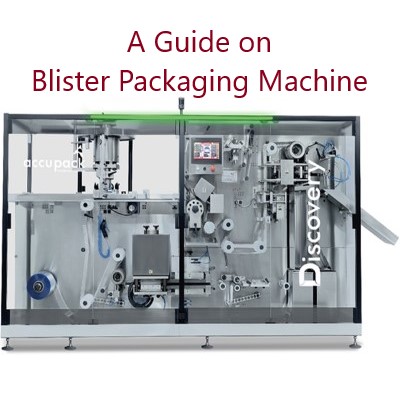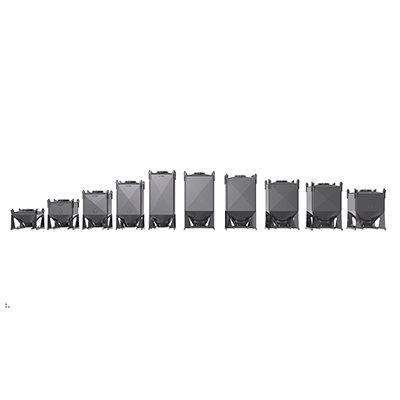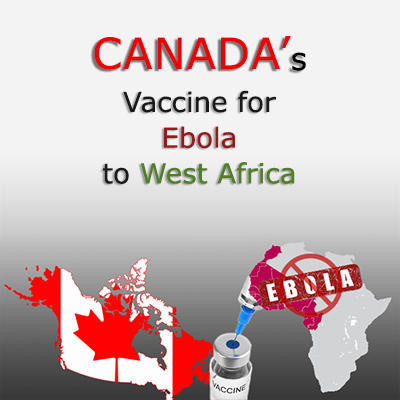A Complete Guide on Blister Packaging Machine

Packaging machinery is one of the vital equipment in the pharmaceutical industry, food processing, and chemical industries among which blister packaging machines are widely used for packaging capsules, pills, tablets, suppositories, etc. We can get an effective and safe packaging of tablets from a tablet press or capsules from capsule filling with the help of a blister packing machine. The blister packing machine is designed for packing the different products (tablets, the strong or delicate gelatin capsules, and so forth) into a blister.
In this guide, you will get to know everything about the blister packaging equipment, from the uses, benefits, disadvantages, etc.
So, first, let us get to know what blister packaging is.
What is Blister Packaging?
Blister packaging is used to turn transparent plastic film or sheet into a blister. Other methods like hot pressing, bonding, and other methods are used to seal the products in a cavity between the blister and base plate.
Uses of Blister Packaging
You'll get blister packaging right away to pack your medicines. It has been used in several aspects in pharmacies including:
- You can pack tablets, cases, suppositories from tablet press and filling or suppository machines.
- You can seal your tablets, ampoule, syringes, capsules to resist damage or change.
- You can print the information that allows the patients to know their dosage to make sure they follow their treatment plan.
- You can store products more conveniently in comparison to other forms of conventional packages.
- You can pack your products to protect them from light, moisture, oxygen, or any form of contamination.
Besides these, you will make blister packaging to pack other products including cosmetics, gifts, stationery, food, electromechanical parts, tools, etc.
Benefits of Blister Packaging
The primary benefits that you will experience by using a blister packaging machine include -
A) Freshness
You will have separate compartments for the items used one at a time that can keep them ready whenever the customer needs them. For this reason, medications, herbs, and other environmentally sensitive items may benefit from blister packaging.
B) Good Protection
Usually, the blister packaging has a good sealing ability, can be moisture-proof, rust-proof, waterproof, so that could extend the protection period.
Also, blister packaging has created specific conditions for volatile corrosion inhibitor (VCI) packaging, as the prevention effect will be better with VCI.
C) Dosage/Serving Size
The packages in medicines and certain foods evenly portion out an item so that the consumer doesn't use too much of the product at once. A few seasoning blends benefit from blister packs as the company has already decided the amount required for certain recipes. Hence, medicine dosing is easier to understand and safer for the consumer when this type of package is used.
D) Visibility
The containers with the plastic front allow consumers to view the product before purchasing. This also provides reassurance to the quantity of the product contained is as advertised and that all pieces are accounted for. Even though consumers can view them, they can't touch them. As such, the product is safeguarded from tampering and thieves.
E) Security
Blister packaging is the perfect solution for products that need to stay immobilized, as the individualized and usually small compartments don't allow the products to move within the packaging. In other terms, the design looks after items from damage caused in transit.
F) Customization
As we all must be knowing, all plastic blisters are thermoformed. So, every design is limited to the product being sold i.e. whatever the size or number of items restricted in the blister packaging, it can be adapted to fit the needs of the products.
Disadvantages of Blister Packaging
Blister packaging has so many advantages, but it also has few disadvantages for the following reasons:
- Not all pharmaceutical medicines can be utilized for blister packaging.
- The patients who are used to fixed dosage will be difficult to take the right dosage for the non-blister packed medicine, which will amplify the risk of disease treatment.
- Even the nurses in a nursing home would find it difficult to decide the right medicine dosage as they need to differentiate from the un-packed dosage.
- The complete process of sealing the filled cavities and the aluminum packaging process is longer than normal plastic packaging.
- The packaging cost might increase if it's for small-scale manufacturing as it's an expensive machine.
Materials used in Blister Packaging
1) Packaging Film
A plastic film can be used for blister packaging because of its sufficient barrier performance to carbon dioxide, oxygen, water vapor, high mechanical strength, and high transparency for not easy to crack.
Besides, rigid plastic films like cellulose, vinyl resin, polystyrene, polyvinylidene chloride, polyvinyl chloride, and polystyrene, etc, can be used for blister packaging. Currently, the most widely used pharmaceutical blister packaging material is PVC plastic sheet because of its good barrier performance against the light, water vapor, and the unusual smell of plastic sheet. But, since PVC is not ideal for moisture resistance, it's advisable to use polyvinylidene chloride (PVDC) or its composite materials for future use.
2) Substrate
White cardboard is usually used for blister packaging. It's made of bleached kraft wood pulp, or can be made with the recycled board covering the base layer with white paper.
The size, shape, and quality of the cardboard are considered when using the white cardboard. The thickness range of the whiteboard substrate is 0.35-0.75mm, while it is 0.45-0.60mm for the normally used board. Also, make sure that the substrate surface is white and glossy, with good quality printability, and the heat sealing coating could be firmly coated. Make sure that the substrate and blister are combined closely after the heat seating coating is melted, to prevent the contents from falling out.
3) Coating Material
The coating material should be compatible with the substrate and the blister. Besides, the temperature should be relatively low so that it can be sealed quickly without damaging the blister film. As the soluble vinyl-resin and water-resistant acrylic resin have good transparency, good luster, and heat sealing capacity, they can generally be used.
Types of Blister Packaging Machines
Depending on the working principle and structure, you can select three types of blister packaging machines including:
- Roller Blister Packaging Machine
- Flat Forming Blister Packing Machine
- Roller Plate Blister Packaging Machine
Methods of operation of blister packing machines
To complete the blister packaging process, there are three methods -
- Hand operation
- Semi-automatic operation
- Automatic operation
Specifications to consider when choosing a blister packing machine
The following specifications should be considered when choosing the blister packaging machines.
- The productivity of the Blister Packaging Machine - This entirely depends on the number of packages a blister packaging machine can handle within a certain time. Consider a machine that will fit the output needs of your production system.
- Speed - Select a machine that has changeable speed limits which you can easily control.
- Travel Range - this estimates how far the blister packaging machines can cover in the packaging process.
- Dimensions - includes the size and weight of the blister packaging machine.
- Power and air pressure requirements - includes the quantity of energy that the machine needs to perform certain functions. The air pressure requirements will decide the amount of force you need to seal the materials thoroughly.
- Material Specifications - See for a machine that allows you to change the material types as much as your production requirements demand.
- Automation level - Depending on the cost, the automation level will be decided if you are going for a manual or automatic blister packing machine.
Troubleshooting issues with blister packaging machines
- Material thickness variation - The integrity of the package to form a whole barrier around various products could be affected. Besides, the quality of the materials could lead to the variation in material thickness. This can be resolved by considering a uniform material thickness and running the machine accordingly.
- Inappropriate sealing - An inappropriate sealing can result in the peeling off of the seal from the PVC. Inadequate heating and pressing forces are the main causes of this problem.
- Missing products in the cavities - The reason could be because of the faulty parts of the machine or high-speed filling of parts into the cavity. This can be resolved by fixing the broken parts such as turning roller for proper filling of cavities. Also, the speed of the turning rollers from the control panel can be adjusted for better handling.


